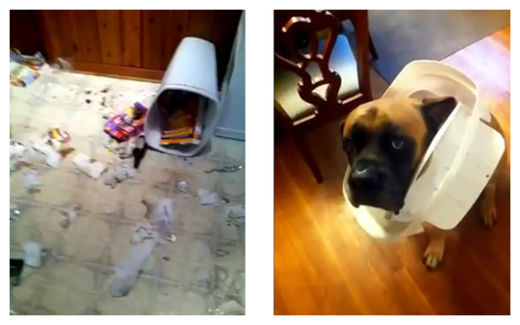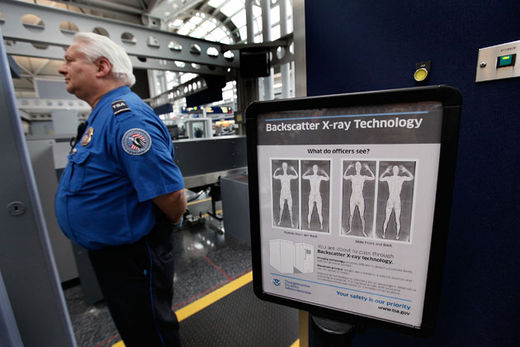
© YouTube | puckeredpetebreweryTank the dog caught red-handed after digging through the trash.
In a famous YouTube video, Tank the dog sure does look guilty when his owner comes home to find trash scattered everywhere, and the trash can lid incriminatingly stuck on Tank's head. But does the dog really know he misbehaved, or is he just trying to look submissive because his owner is yelling at him?
In another new video from the BBC
Frozen Planet series, Adelie penguins are seen gathering stones to build their nests.
One penguin stealthily steals a stone from his neighbor's nest every time the neighbor goes a-gathering. Does the penguin thief know its covert actions are wrong?
These are some of the scenarios that interest ethologists, or scientists who study animal behavior. For years, these scientists categorically ruled out the possibility that animals might have a sense of morality - that they know right from wrong. Lately, though, the tide is turning.
"People used to like to make that stark division between human and nonhuman animals," said ethologist Marc Bekoff. "But there's just no doubt that the scientific evidence for animal morality is accumulating as more and more animals are studied."
